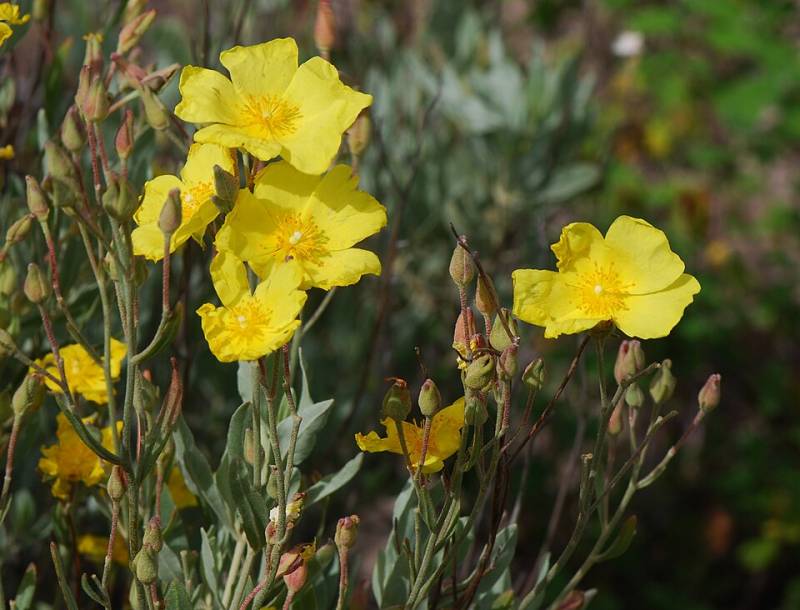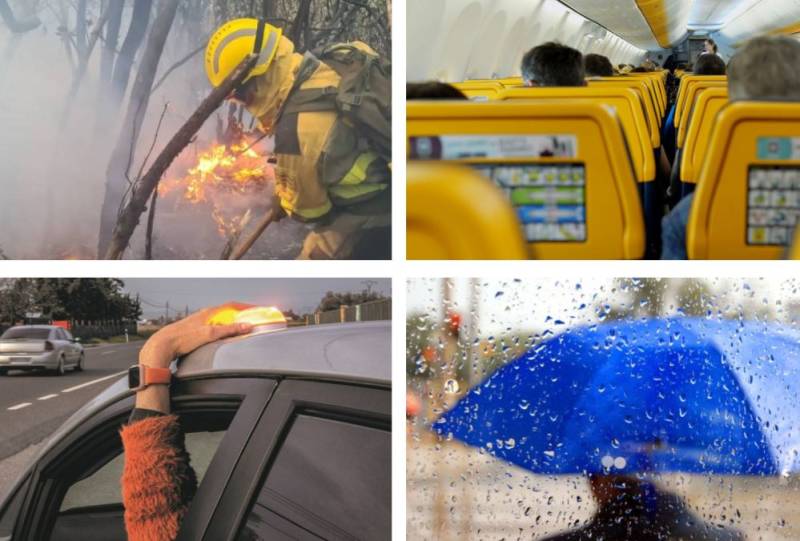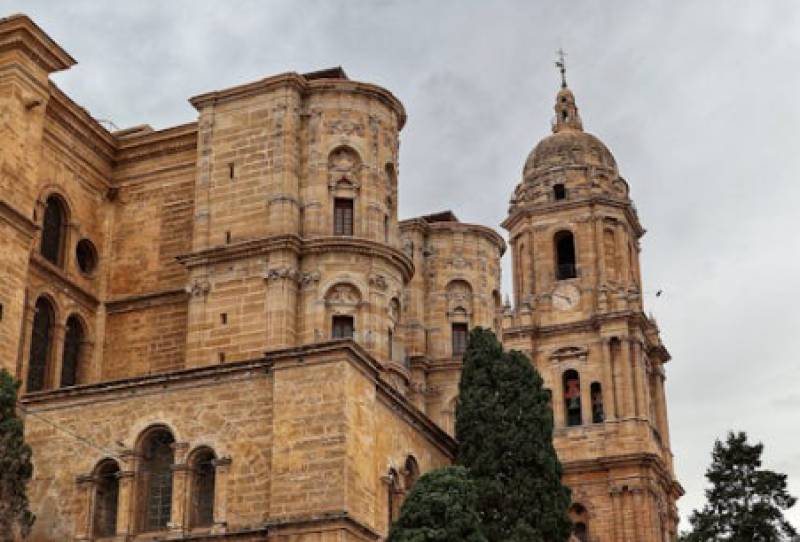

- EDITIONS:
 Spanish News Today
Spanish News Today
 Murcia Today
Murcia Today
 Alicante Today
Alicante Today
article_detail
Date Published: 13/11/2025
Red deer: Friend or foe? How Doñana's biggest grazers spread and eat its favourite shrub
A new study reveals the surprising double role of red deer in the life of the juagarzo shrub, offering fresh insight into Doñana’s delicate ecosystem
 Many who stroll the wild, sandy stretches of Doñana National Park, in Andalucía, have admired the bright rockrose shrubs dotting the landscape. But it turns out that these plants owe much of their success to one surprising local resident: the red deer.
Many who stroll the wild, sandy stretches of Doñana National Park, in Andalucía, have admired the bright rockrose shrubs dotting the landscape. But it turns out that these plants owe much of their success to one surprising local resident: the red deer.A fresh study from scientists at the Doñana Biological Station and Rey Juan Carlos University has revealed that red deer aren’t just munching on the juagarzo plant, they’re also helping it spread its seeds far and wide. It’s what researchers call a “mutualistic relationship,” meaning both the animal and the shrub benefit. The deer gain nutrients and water from eating the shrub’s fruits; in return, some seeds survive the trip through their digestive system and end up with a useful head start in new parts of the park.
 Camera traps and seed analysis showed that the deer were the main visitors to the shrub, responsible for an impressive 85.7% of recorded plant visits. But things aren’t quite so simple: while deer do eat plenty of juagarzo fruits, analysis of their droppings found that only a small percentage of the seeds made it through unscathed - just 4.5%. And when researchers planted these seeds, only 17% successfully grew, compared to 40% for those directly collected from the plant.
Camera traps and seed analysis showed that the deer were the main visitors to the shrub, responsible for an impressive 85.7% of recorded plant visits. But things aren’t quite so simple: while deer do eat plenty of juagarzo fruits, analysis of their droppings found that only a small percentage of the seeds made it through unscathed - just 4.5%. And when researchers planted these seeds, only 17% successfully grew, compared to 40% for those directly collected from the plant.So the deer may eat the fruits like hungry gardeners, but most seeds are lost in the process, making the deer both the shrub’s biggest predator and its most important long-distance courier. It’s a relationship that depends on balance. “The red deer is one of the most abundant ungulate species in Doñana, so its interaction with the rockrose could be responsible for the latter's colonisation of new environments,” explains Rocío Fernández-Fuerte, lead author of the study.
These findings matter for anyone interested in Doñana’s future. After all, it’s not just about the plants and animals on their own, but the way they interact; sometimes helping, sometimes hindering. Scientists say that understanding this “mutualism-antagonism gradient” could be vital for protecting the park as environmental decisions continue to spark debate in the region.
Image: Georg Wietschorke/Pexels and wikicommons
staff.inc.and
Loading
See more news about animals in Spain:
OR
Sign up for the Spanish News Today Editors Roundup Weekly Bulletin to get a comprehensive email with all the week’s news for Spain, Murcia, Alicante and Andalucía.
Get a sneak peek – here are a few of our recent Subscription Bulletins:
Discount Special Offer subscription:
36.95€ for 48 Editor’s Weekly News Roundup bulletins!
Please CLICK THE BUTTON to subscribe.
Contact Murcia Today: Editorial 000 000 000 /
Office 000 000 000





















